Contents
Marsala is an Italian wine produced in the vicinity of the city of Marsala in Sicily. It comes in both sweet and dry. In 1969, the drink received the status of DOC (name controlled by origin), by type this wine belongs to the class of fortified wines, like port, Madeira or sherry. A real marsala can only come from the vicinity of the city of the same name in the province of Trapani (with the exception of the municipalities of Pantelleria, Favignana, Alcamo).
Historical information
There are several versions of the entry of local Sicilian wine into the international market, but the following one deserves the most confidence. In 1773, the English merchant John Woodhouse landed in the port of Marseille and immediately drew attention to the local wine. For its production, the “in perpetuum” system is used, almost identical to the “criadera and solera” system.
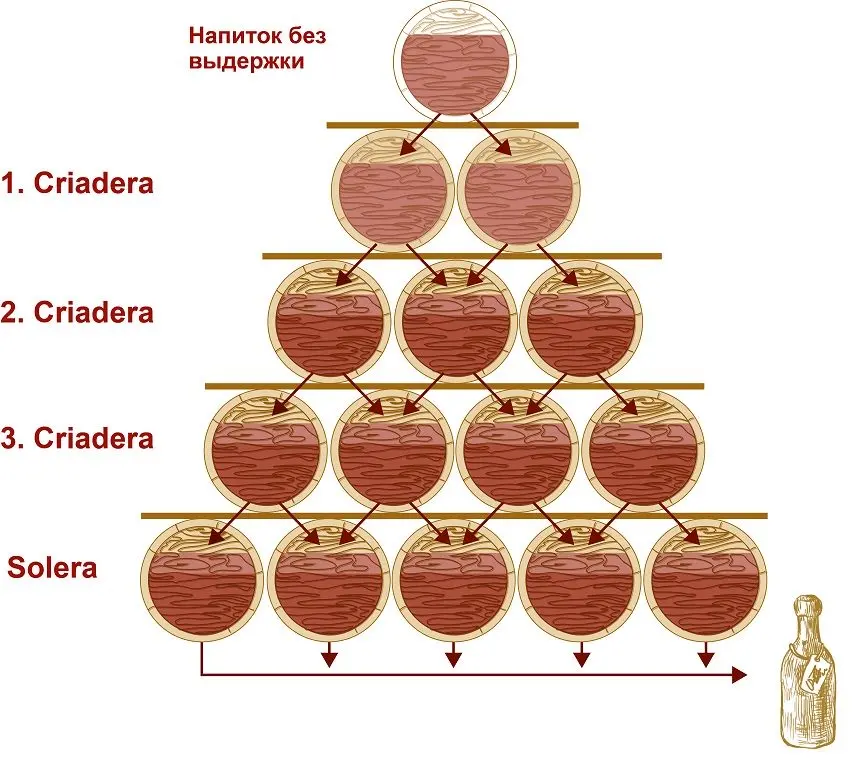
This technology involves mixing portions of wine of different aging periods in order to obtain a product of perfect quality, even if the harvest of a certain year left much to be desired. The barrels are placed in a “slide” (although now this is not necessary, they can be located horizontally, simply numbered), and several times a year a part of the wine is taken from the lower vessel, making up for the shortage with a drink from the next tier, and so sequentially upwards, and at the very last barrel topped up with young wine of a new crop.
Wodehouse realized that this technology makes it possible to obtain wine of excellent quality and taste, and marsala fortified wine easily withstood long sea voyages. The merchant decided that the drink would be popular in England, took a trial batch to his homeland, saw that his predictions were justified, and since 1796 he has come to grips with the production and distribution of Marsala.
Further popularization of wine was facilitated by another Englishman, Benjamin Ingham, who opened many shops in Europe and both Americas specializing in the sale of marsala. In 1833, entrepreneur Vincenzo Florio acquired the land separating the territories of the two main producers of this style of wine, then bought out the Wodehouse company and, in fact, became a monopolist in the market. The Florio company remains the main producer of marsala today, among other well-known brands are Diego Rallo, Curatolo Airni, Carlo Pellegrino.
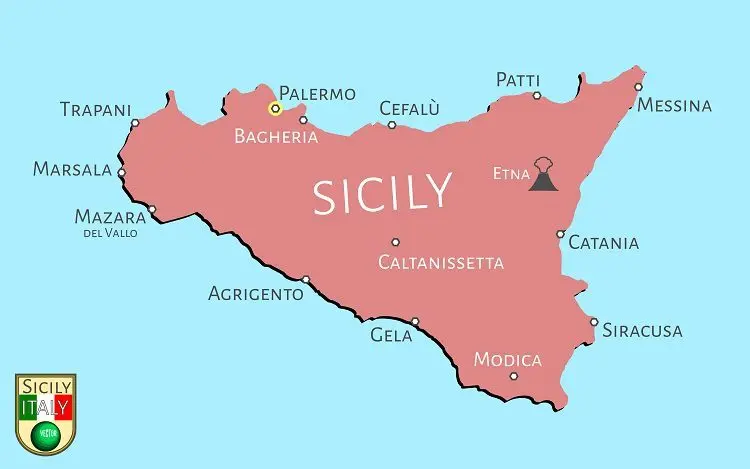
After the First World War, the quality of wine declined significantly, not least because of unscrupulous merchants who passed off everything as marsala. Already in 1931, the first steps were taken to regulate the quality of wine, and in 1969 the variety became the first ever Sicilian DOC (Protected Name of Origin).
Production technology and types of marsala wines
This wine is made from Grillo, Inzolia, Catarratto and Damaschino grapes. After fermentation, alcohol is added to the drink to increase the strength. The output is wine with a strength of 15-20%.
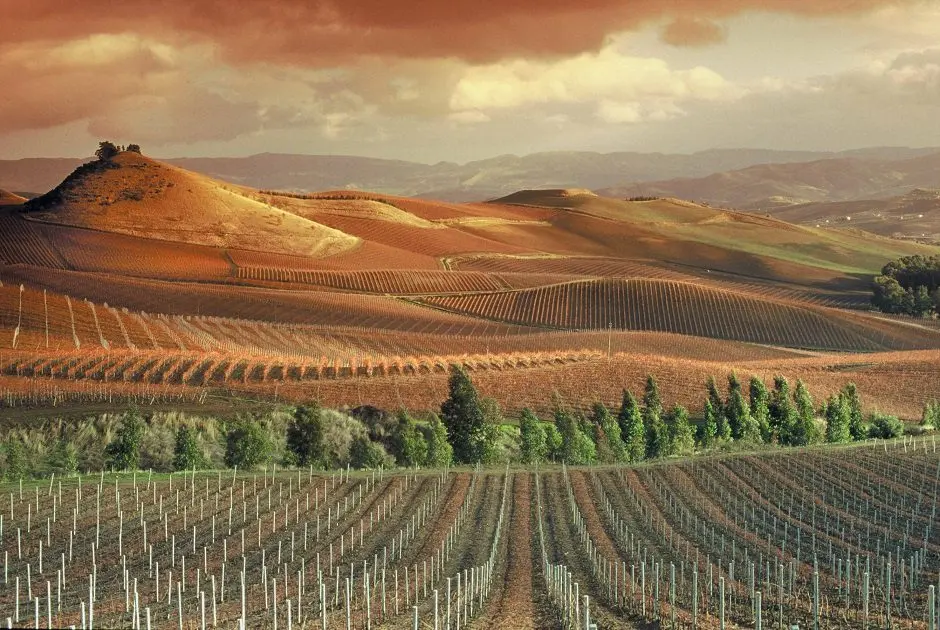
There are two main types of marsala:
1. Virgo (Верджине)
Produced from white varieties, after fermentation, it is fortified with grape alcohol.
There are two types depending on the exposure time:
- Vergine (Soleras) – from 5 to 10 years.
- Vergine Riserva (Soleras Riserva) – 10 years or more.
This type of Marsala is aged in the traditional way, in oak barrels, without the use of the solera and criadera system.
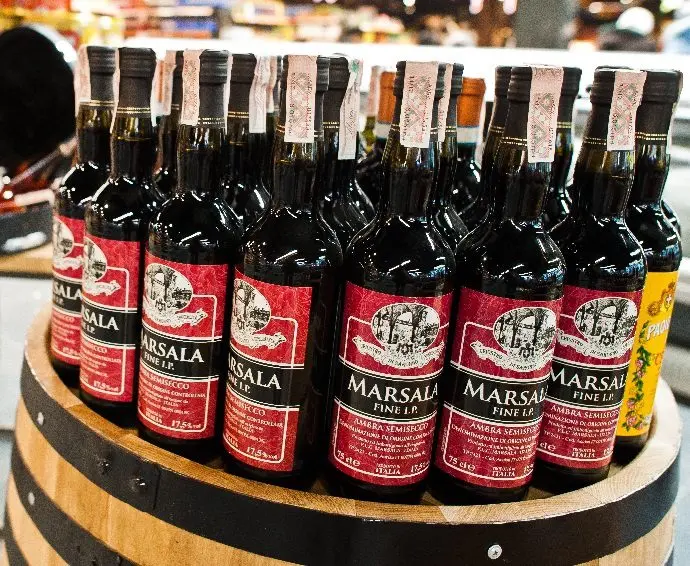
2. Tanned (Кончиато)
After fermentation, not only wine alcohol is added to the wine, but also mosto cotto flavoring (boiled grape juice), mistelle (grape must with alcohol).
This Marsala is made using the “in perpetuum” method and is distinguished by color, sugar content and aging.
Sugar:
- Secco (Sikko) – up to 40 g per liter.
- Semisecco (Semisikko) – 41-100 g per liter.
- Dolce (Dolce) – more than 100 g per liter.
Color:
- Oro – golden.
- Ambra (Amber) – amber, obtained by adding the mosto cotto sweetener.
- Rubino (Rubino) – ruby, achieved using red grape varieties Perricone, Calabrese, Nero d’Avola, Nerello Mascalese.
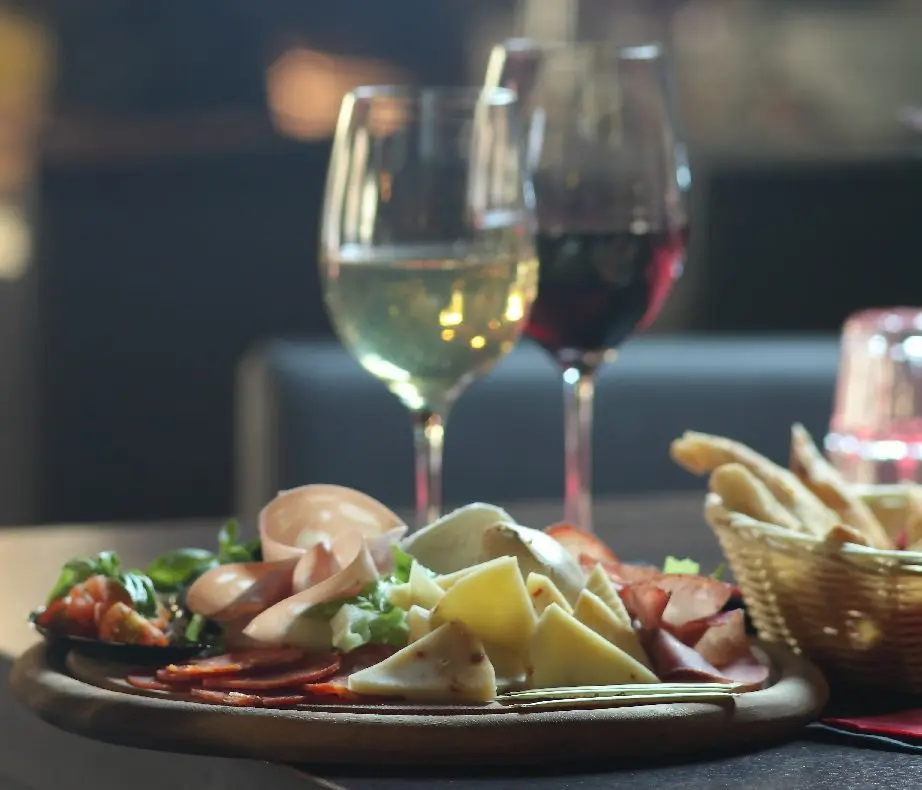
Exposure:
- Fine (Fine) – from one to two years.
- Superiore (Superiore) – from two to four years.
- Superiore Riserva (Superior Reserve) – from four to five years.
- Vergine e/o Soleras – five to ten years.
- Vergine e/o Soleras Stravecchio e Vergine e/o Soleras Riserva – ten years or more.
How to drink marsala wine
Marsala is traditionally served as an aperitif between the first and second courses. Dry wine is cooled to 10 ° C and served with Parmesan, Gorgonzola, Roquefort cheeses, seafood, fish, meat salads.
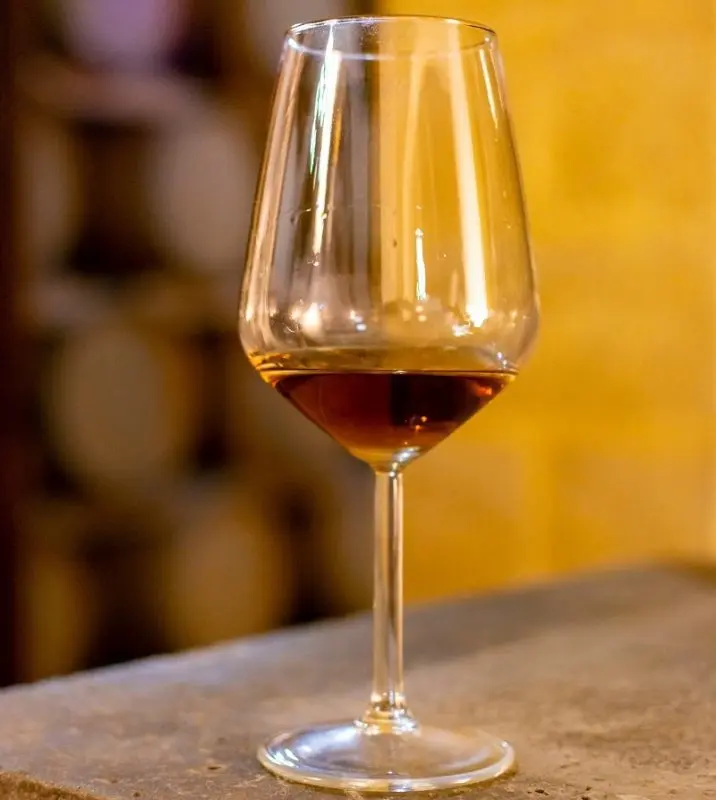
Sweet Marsala is drunk at room temperature, and eaten with nuts, pastries, and desserts.









